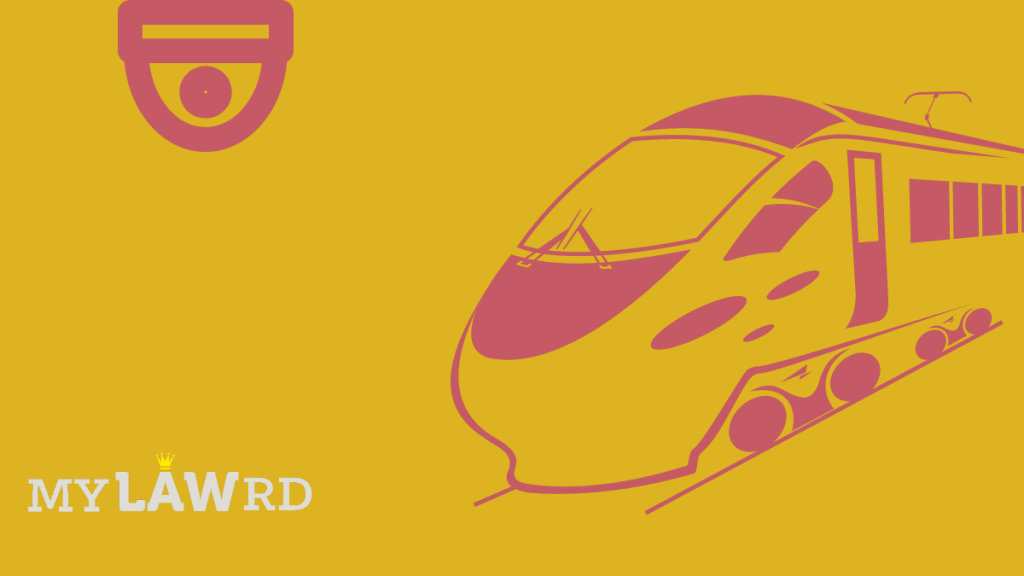The famous Eurostar train system is testing facial recognition technology on passengers travelling from London to continental Europe. This new system, called “SmartCheck”, will help passengers complete their pre-departure formalities including passport checks.
People will have the option to choose the system, using which they can avoid ID verification procedures, Bleeping Computer reported.
How does it work?
A passenger has to go through two face scan processes: one at the ticket gate to verify the ticket and the other at the UK Exit Checkpoint to verify the passport information.
Eurostar says that it aims to eliminate long queues, expedite the boarding process, and also minimize chances for viral transmission. It is launching the system with help from iProov, a company that provides biometric authentication solutions.
However, the testing phase will only intake a limited number of invited passengers.
Users invited for the program will have to visit an online portal to register their information, including the photographs of their faces using a camera. When the customer reaches a physical checkpoint, a camera compares their face with the registered image.
Risks of Facial Recognition Tech
Facial Recognition technology (FRT) uses algorithms to extract data points from a person’s face to create a digital signature of the face. This signature is then compared with an existing database to find possible matches. However, there is no 100% accuracy in finding matches. Hence, there is a threat of misidentification or failure to identify (false positives or negatives).
In addition to inaccuracy, this technology also poses huge threats to the fundamental rights to privacy and freedom of speech and expression. There are possibilities of leakage of facial scanning data, abuse of governments to track people, or private entities receiving this information and using it t their undue advantage.
But the use of FRT is gradually increasing as multiple government projects, across the world, are developing and using the technology. India is also using the technology extensively.
The U.S. is using FRT on all immigration entry points, European countries are using it for cross-border travelers, and Moscow is using ‘Face Pay‘ on all its 240 metro stations.
Laws on Facial Recognition?
At the moment, the Indian Parliament is yet to debate the personal data protection law. The present laws do not regulate technologies like facial recognition, or address privacy exhaustively.
However, the EU Parliament has asked for a permanent ban on the automatic recognition of individuals in public spaces. The EDPB & the EDPS have also called for a ban on the use of facial recognition in public spaces.
On 5th Feb, Canada banned Clearview AI’s facial recognition service for collecting highly sensitive biometric data without consent. Following this, in mid-February, Sweden’s data watchdog imposed a fine on local police for unlawful use of Clearview AI. Australia has also ordered Clearview AI to destruct FRT-related data. The UK has also declared facial recognition implementations illegal. Last week, the UK ICO issued a provisional fine to Clearview AI.
But the US law enforcement is reportedly still using Clearview AI, albeit without authorization.
Do subscribe to our Telegram group for more resources and discussions on tech-law & policy. To receive weekly updates, don’t forget to subscribe to our Newsletter.

